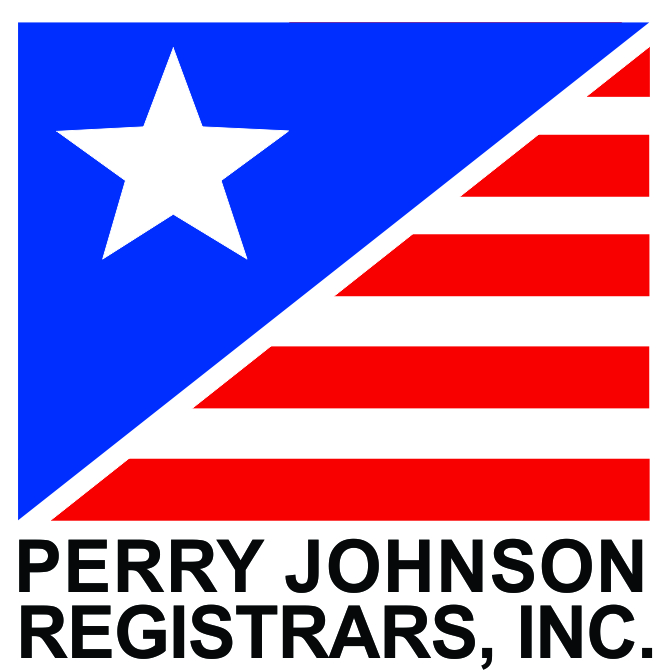We offer braze services for all combinations of braze materials, processes and materials to be joined. We serve locally in Southern California and around the world, small quantities and high volumes. Here are brief descriptions of our most commonly used braze processes for hermetic seals. We supply these processes to produce robust, vacuum-tight seals.
Hydrogen brazing
IJ Research processes in either wet or dry H2 atmosphere depending on the conditions and requirement of the parts. Dry H2 atmosphere is highly reactive and offers excellent thermo-metallurgical wetting of the braze to parts.
Vacuum brazing
IJ Research processes in vacuum as well. As required, we can process with alternating reducing and vacuum atmospheres. Other cover gases we use are N2, Ar, He or a mixture. In order to meet specific combinations of gasses and vacuum, many of the process furnaces at IJ Research are custom designed.
Induction brazing
While furnace brazing requires heating the entire assembly, induction brazing allows for localized heating with precision placement of high intensity magnetic fields. The induction brazing system contains a cover gas control system so that air intake and oxidation is minimal.
Diffusion bonding
Diffusion bonding is a sealing process between ceramic and metal with nothing in-between. It is a direct inter-diffusion bonding process where two mating surfaces are held together under high mechanical pressure, high temperature and high vacuum. IJ Research performs various glass/glass, glass/ceramic and metal/metal and ceramic/metal diffusion bonding processes. Bonding, joining or sealing can be achieved by ‘thermo-metallurgical’ or this ‘thermo-diffusive’ bonding and IJ Research offers both.
Active Metal Element Brazing
For certain geometries and layouts of a ceramic and metal seal, IJ Research uses a braze that contains a small amount of highly reactive element to bond directly to the ceramic. In this process, the ceramic does not need to be metallized prior to brazing. This IJ Research formulated, thermo-diffusively and thermo-metallurgically reactive braze has very different properties when compared to commercially available equivalents. In a contact angle analysis, it demonstrated superior wetting capabilities leading to higher bond strength.
This process performs best when the thermal properties of the components are compatible. However, the main advantage being no metallization on the ceramic, the end result can be improved by other techniques. Active metal brazing is best for cases (structural, exotic materials, and high pressure applications) where other options may not be usable.


